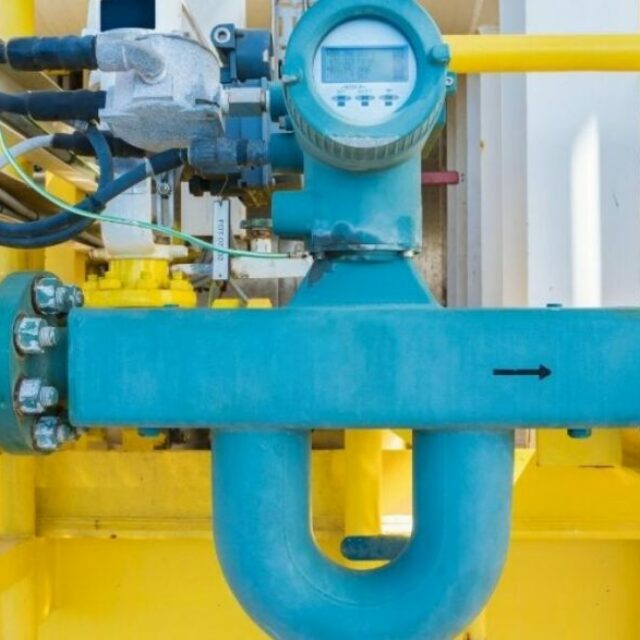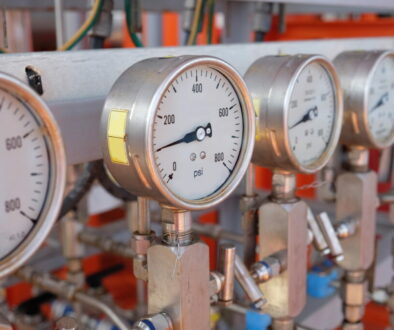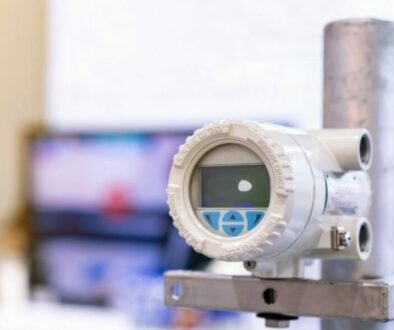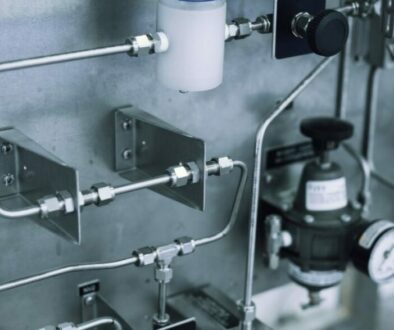The Importance of Mass Flow Measurement
Measurement of flow, be it a gas or liquid, is a critical parameter in many processes. In most operations, it’s important to know that the right material is in the right place at the right time. Some applications need the ability to conduct accurate flow measurements to ensure the quality of the product. Health and safety are also important factors when working with dangerous gases or liquids. Accurate measurement of flow and pressure helps provide the safety and security of the team. Measuring the flow of gases is the job of electronic air flow meters. They give the readouts to make monitoring easier. Let’s examine the importance of mass flow measurement and how it works.
Direct Flow Measurement
The importance of mass flow measurement transcends industries. It eliminates inaccuracies caused by the physical properties of the gas or fluid. Mass isn’t affected by changing pressure or temperature within the system. This alone makes it an important method of fluid measurement. Mass flow is better than volumetric flow when measuring fluid because of the atmospheric changes that can affect volumetric flow. Volumetric flow remains reliable in terms of accuracy only if the conditions within the process and the calibration reference conditions are followed.
The Coriolis Measuring Principle
The Coriolis measuring principle is a property of physics where a fictitious force acts on objects that are in motion within a frame of reference that rotates within an inertial frame. That means that when something spins in one direction, it causes another force to go the opposite direction. A good example of this is the rotation of the earth and the effect it has on weather patterns. The earth spins one way, and the weather moves the other. In measuring mass flow, the Coriolis Principle is in effect to get readings. A fixed vibration energizes a tube. When the fluid passes through the momentum of the mass flow it will cause a change in the vibration. The tube will then twist, resulting in a phase shift. The amount of the twist is measurable, and a linear output is derived proportional to the flow.




